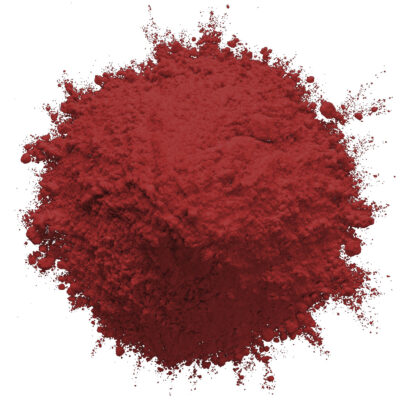Zinc dust 240 mesh, a secondary grade material, plays an important role in the paint industry, especially in industrial paints. Zinc dust is made from zinc metal ground into fine particles, and the 240 mesh size refers to the fineness of the powder. This secondary grade zinc dust is cost-effective and offers numerous benefits for protecting metal surfaces. Let’s explore the advantages of using zinc dust in industrial paints and why it is so valuable.
One of the primary benefits of using zinc dust in industrial paints is its excellent anti-corrosive properties. Corrosion is a major issue for metal structures exposed to harsh environments, such as bridges, pipelines, and ships. When zinc dust is added to paint, it creates a protective barrier on the metal surface. This barrier prevents moisture and other corrosive elements from reaching the metal, significantly reducing the risk of rust and corrosion. Zinc dust paints are particularly effective in marine environments, where saltwater can cause severe corrosion.
The concept of cathodic protection is another key benefit of using zinc dust in industrial paints. When zinc dust is applied to a metal surface, it acts as a sacrificial anode. This means that the zinc will corrode in place of the metal it is protecting. As a result, the metal structure remains intact and corrosion-free. This property makes zinc dust paints ideal for long-term protection, as the zinc continuously sacrifices itself to protect the underlying metal.
Zinc dust 240 mesh also improves the durability and lifespan of industrial paints. The fine particles of zinc dust help create a more cohesive and resilient paint film. This film is tough and resistant to abrasion, making it suitable for surfaces that experience heavy wear and tear. Industrial facilities, machinery, and equipment often face harsh conditions, and using zinc dust in paints ensures that these surfaces remain protected for longer periods, reducing the need for frequent maintenance and repainting.
In addition to its protective qualities, zinc dust enhances the adhesion of paints to metal surfaces. Good adhesion is crucial for the effectiveness of any paint, as poor adhesion can lead to peeling and flaking. The fine particles of zinc dust help the paint adhere more firmly to the metal, ensuring a consistent and long-lasting coating. This improved adhesion is particularly important in industrial settings, where the integrity of the paint is essential for protecting valuable infrastructure and equipment.
Using secondary grade zinc dust 240 mesh is also a cost-effective solution for manufacturers. While primary grades of zinc dust may offer slightly higher purity, secondary grades still provide excellent performance at a lower cost. This makes it an attractive option for large-scale industrial projects where budget constraints are a consideration. By using secondary grade zinc dust, manufacturers can produce high-quality, protective paints without incurring excessive costs.
Moreover, zinc dust 240 mesh can be used in various types of industrial paints, including primers and topcoats. Primers containing zinc dust provide an excellent base layer that enhances the adhesion and performance of subsequent paint layers. Topcoats with zinc dust offer additional protection and ensure a smooth, aesthetically pleasing finish. This versatility allows manufacturers to develop comprehensive paint systems that deliver superior protection and durability.
In conclusion, zinc dust 240 mesh, a secondary grade material, offers numerous benefits for industrial paints. Its anti-corrosive properties, cathodic protection, improved durability, and excellent adhesion make it a valuable ingredient for protecting metal surfaces.
The cost-effectiveness and environmental benefits of secondary grade zinc dust further enhance its appeal. By incorporating zinc dust into industrial paints, manufacturers can ensure long-lasting, high-quality protection for a wide range of metal structures and equipment.






Leave a Reply